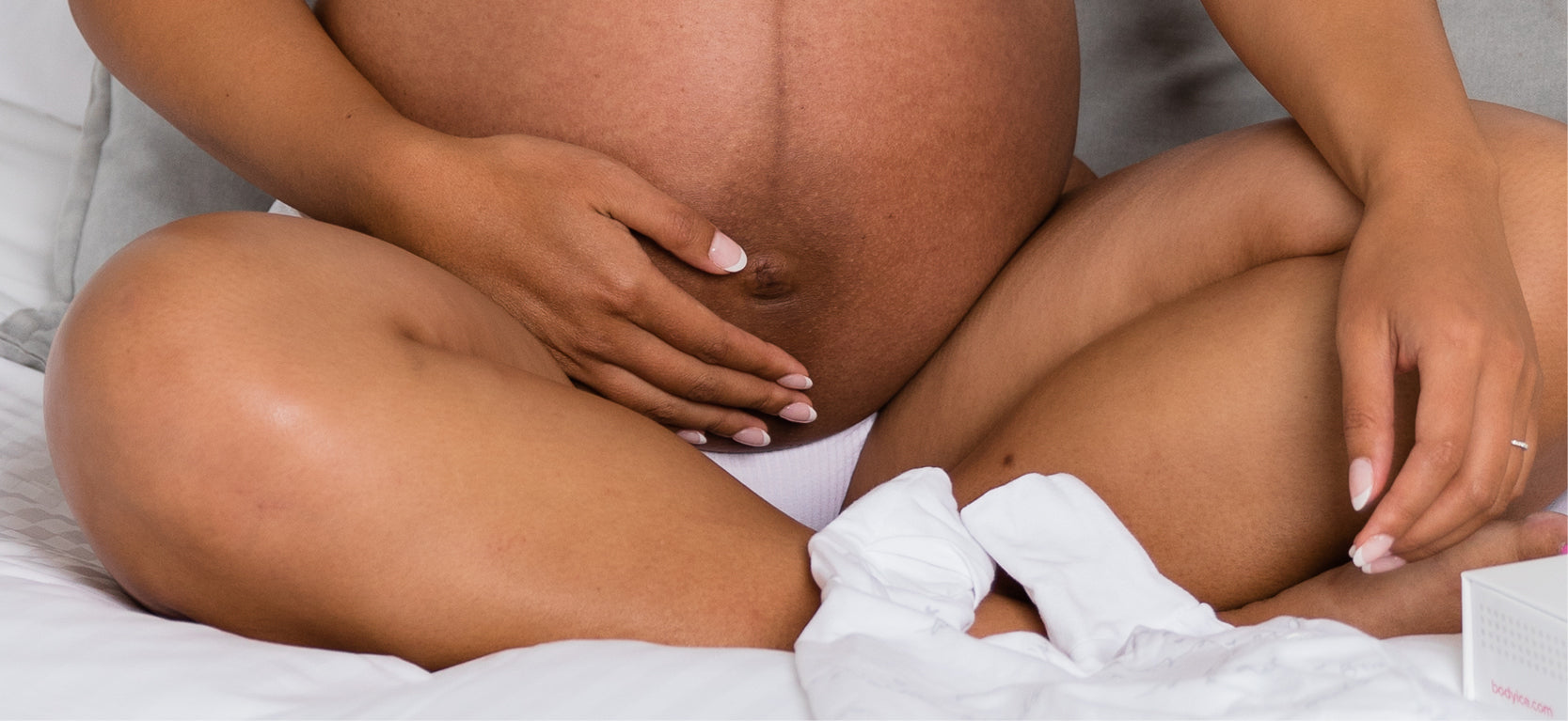A MUST READ FOR ANYONE EXPERIENCING ACL INJURY
The ACL is the anterior cruciate ligament - the tissue that connects the thighbone to the shinbone, at the knee. An ACL injury is when this anterior cruciate ligament in the knee is torn. Symptoms include knee swelling, instability and pain.
ACL injury can be a traumatic experience – well at least it has been for me. It normally happens whilst playing sport – that sudden change of direction, a twist, a knock and then ‘POP’, you’ve ruptured your ACL. However, it can also happen doing not much at all – a sudden slip or a knock whilst playing with your dog… whatever the case, it’s an unwelcome experience and sets you back physically and also mentally as you not only have to re-build your leg, but also your confidence.
l’ve had the displeasure of rupturing my ACL twice during my time as an aerial skier and the memory of each moment is imprinted in my mind and sends chills up my spine. It’s not necessarily painful when it happens, but the recovery from surgery (if that’s the way you go) is long and arduous and with that, it takes time to feel confident enough to return to sport.
Did you know Australia has the highest anterior cruciate ligament (ACL) reconstruction rate in the world? HOW does this happen? WHY does this happen?
In her latest best-selling book “POP: When Sport Brings Us To Our Knees” Sports & Exercise physiotherapist Jess Cunningham shines a unique lens on ACL injuries and their management by sharing the insightful and inspiring stories of 13 Australian athletes and their journeys through injury, rehabilitation, and return to sport.
Given my own successful return to sport after two ACL reconstructions, I was asked to be one of these athletes to share my own ACL injury experiences of which I happily obliged.





Leave a comment
All comments are moderated before being published.
This site is protected by hCaptcha and the hCaptcha Privacy Policy and Terms of Service apply.